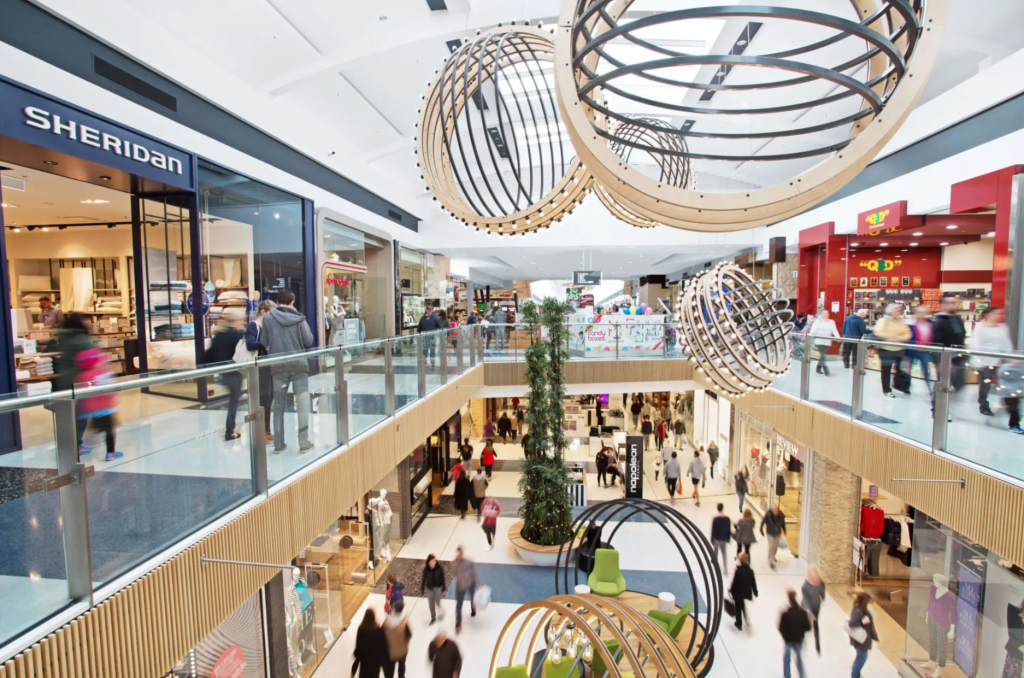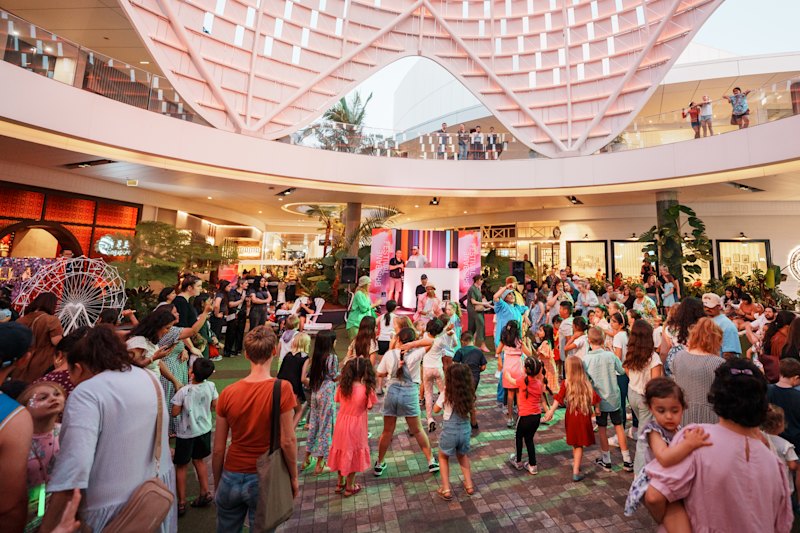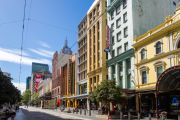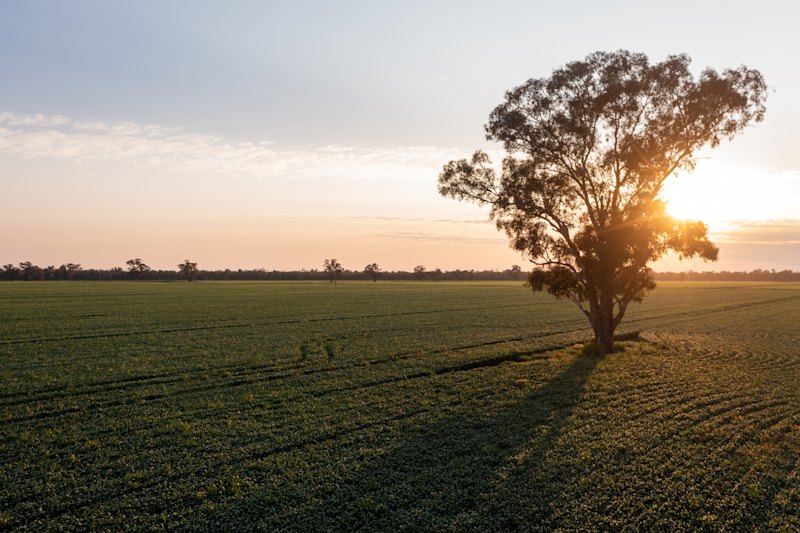
Pockets of growth seen in some retail sectors as confidence and populations grow
Shopping for a bargain? Certain retail properties are experiencing a revival in fortunes, with transaction volumes rising as both the population and business confidence grow. However, there is a marked shortage of new development.
But you still have to be careful where you put your money. Supermarkets and most food and beverage stores are doing a roaring trade, while dry cleaning, for instance, has been stained badly by the cost-of-living crisis.
“There’s been some price correction in the industry generally, so it’s being seen as a good time now to buy retail assets,” said Vanessa Rader, the head of research at Ray White Commercial.
“We’ve seen some of the larger groups transact some of their assets but we’re seeing a lot of private investors and local syndicates and families come together to buy neighbourhood and regional centres.
“Together with the fact that there are fewer new retail properties being built … that means the gross lettable area retail per person has fallen, making it more desirable for buyers. After COVID, some predicted that bricks and mortar [stores] were dead, but we can now see that’s not the case.”
Retail turnover has dropped by 1.2 per cent year on year – to a per capita retail turnover of $3954 in the first quarter – largely as a result of Australians tightening their belts in the face of high interest rates, expensive housing, and inflation.
According to the latest Australian Bureau of Statistics and Ray White data from May, however, overall retail trade has actually grown, largely due to population increases of 0.6 per cent in May this year and 1.7 per cent annually.
Alcohol sales recorded the biggest jump of 6.1 per cent over the month, and 2.3 per cent year-on-year, while spending on furniture also increased by 3.1 per cent. Expenditure on footwear is also up by 1.7 per cent, and clothing by a fraction less at 1.6 per cent, while pharmaceuticals and cosmetics are up by 1.4 per cent.
Department stores are suffering the biggest hit, with spending 0.9 per cent down while take-away meals have also fallen by 0.3 per cent.
Discount chemists, like Chemist Warehouse, offering medications, vitamins, beauty products, and personal care items, are doing well, now rivalling supermarket sales, Rader says. “They’ve played a key role in keeping supermarket retail figures down.
Additionally, “big box” stores like Bunnings now stock pet food and cleaning supplies, traditionally supermarket domains.
“These standalone retail offerings, with expanding services, continue to attract investors, maintaining competitive yields. While this doesn’t spell the end for supermarkets, it reflects changing consumer behaviour during high inflation, benefiting retail owners who can adapt.”
Other industry sources, who ask not to be named, say some sectors are doing badly. “There’s a lot of hurt out there,” one said. “The dry-cleaning industry is on its knees. People can’t afford it. People are doing it tough but they’re still responding to half-year clearances with cut-price stock walking out the door.”
But at the same time, overseas retailers are still coming into Australia and looking for sites.
Nora Farren, lead property economist and retail specialist with Oxford Economics Australia, says the general outlook is healthy.
“Retail transactions, compared to office and industrial, have held up quite well in the last 18 months to two years,” she said. “Certainly, population growth has been something that’s been underpinning retail sales performance and making up for the slowdown in retail volumes.
“When you look at what the major landlords are reporting, regional and subregional shopping centres are seeing incomes come back. Food and mostly non-discretionary categories are stronger, but we’ve seen department stores, for instance, cutting back and either closing stores and reducing their footprint. I think they will survive but maybe in a different form, carrying less stock than they used to.”
Paul Zahra, CEO of the Australian Retailers Association, also says the results are mixed, with good news in some sectors and bad in others.
The fact that spending on food and cosmetics is up shows that consumers will still buy non-discretionary goods they see as essential – although they’re often moving to cheaper supermarkets’ own brands – and cosmetics are a cheap way of boosting mood.
“Cosmetics has a history in tough times of doing well,” Zahra said. “Buying a new lipstick, for women, can be a frugal way of updating their look rather than buying clothes.”
As Christmas comes closer and there’s the prospect of interest rates falling possibly later this year or early next year, Zahra says he hopes that could lead to a better outlook for the sector.
“Households have been hit hard by higher interest rates and the cost of living, but retailers have too,” he said. “Consumers will often shop when there are promotional deals and they’ve been focussing on end-of-financial-year sales to make their dollars go further.”










